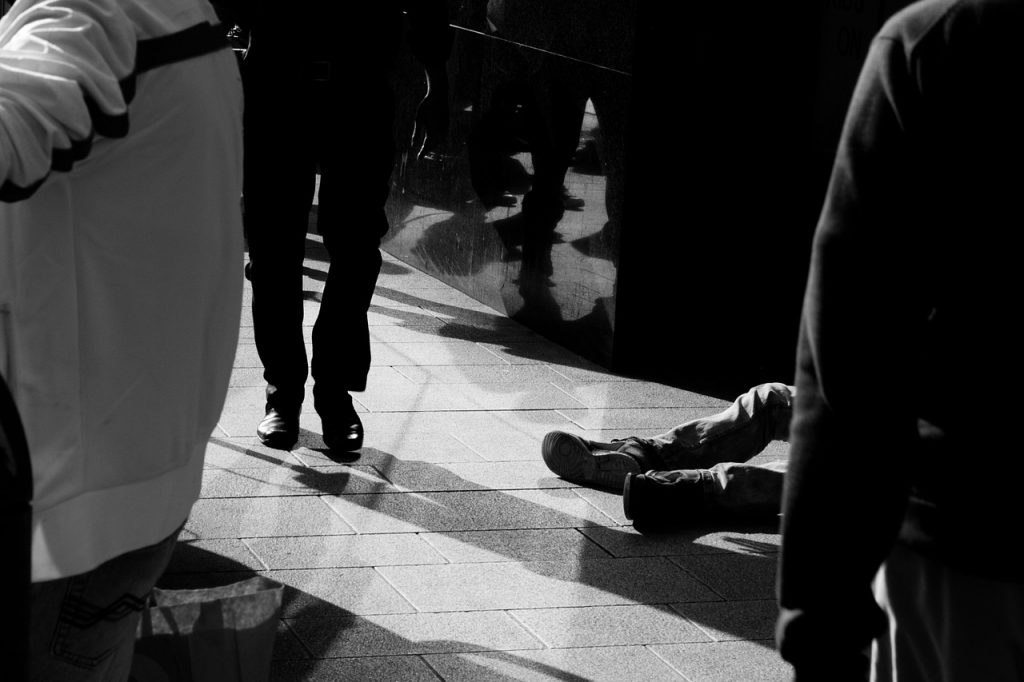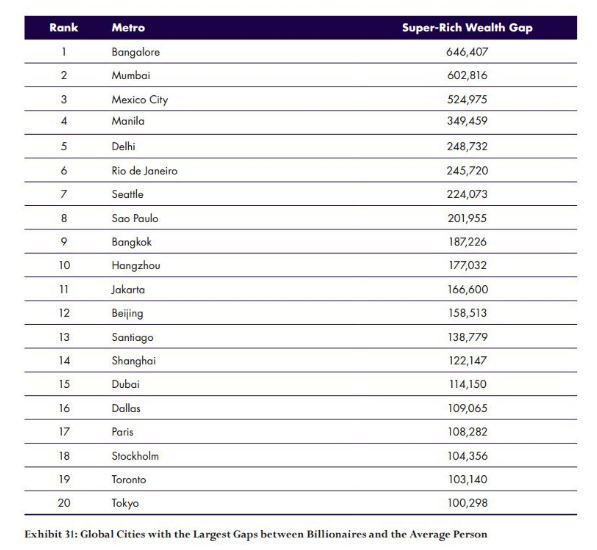Toronto is becoming a city increasingly divided into “haves” and “have-nots.”
New research from the University of Toronto’s Martin Prosperity Institute has found a growing gap between the city’s rich and poor.
We may be a city of diversity, but we’re also one of rampant inequality.
The earnings gap between Greater Toronto’s billionaires and the rest of the population is the fourth largest in North America.
Toronto falls behind only Mexico City, Seattle and Dallas.
Surprisingly to some, the city that “have” Drake calls home (complete with a brand-new Bridle Path mansion) is actually more unequal than major billionaire capitals like New York and London.
Globally, Toronto ranked 19 in the listing of the most unequal cities.
Topping the list were Bangalore and Mumbai, which comes as little surprise given the visible disparity in those cities.
In the top 20 cities, the report calls the magnitude of the wealth inequality “staggering.” It states that the fortunes of the super-rich range from 100,000 to more than 600,000 times greater than the economic condition of the average person.
Globally, the wealth of the world’s one per cent is concentrated to a small number of cities throughout the world.
As the report reveals, the top 10 metros house 36 per cent of total billionaire wealth; the top 20 account for nearly half and the top 50 are home to over 70 per cent of billionaire wealth.
Why should we care?
Well, the widening of the income gap has a major impact on health of the entire economy.
For Torontonians, the income gap is actually rising twice as fast as anywhere else in the country.
The rising cost of everything from living to purchasing nutritious food poses a major challenge to Toronto’s most disadvantaged set. According to a recent report from Vital Signs, visits to food banks in Toronto’s inner suburbs have increased by 45 per cent between 2008 and 2014.

As the report states, over the past 25 years the incomes for the poorest 10 per cent of city neighbourhoods have risen by 2 per cent, while the wealthiest 10 per cent have seen their income swell by 80 per cent.
Furthermore, in 1990, 68 per cent of census areas in Toronto were classified as middle income; by 2012, that figure had decreased to 32 per cent.
Access to opportunity is simply out of reach to many thanks to everything from a widening achievement gap in schools to sky-high living expenses and rising tuition costs.
Let’s not forget that the TTC seems to hike its fares at any opportunity (perhaps they should follow the lead of Calgary and offer the city’s poorest transit that’s practically free).

As the Huffington Post reports, according to Richard Florida, a renowned urban studies expert and co-author of the report, believes “the super-rich wealth gap in Toronto is compounded by the fact that Canada’s estate tax is so lax. Billionaires can essentially hand their wealth down from generation to generation.”
While Canada has no inheritance tax, the country treats the estates of deceased people as a sale and the Canada Revenue Agency charges tax on half of the “sold” estate.
While Toronto is considered one of the world’s “most livable” cities, the unfortunate reality is that a disproportionate number of people are struggling just to survive – let alone live.
[ad_bb2]


